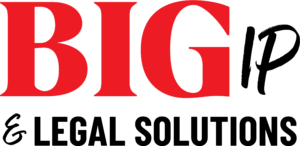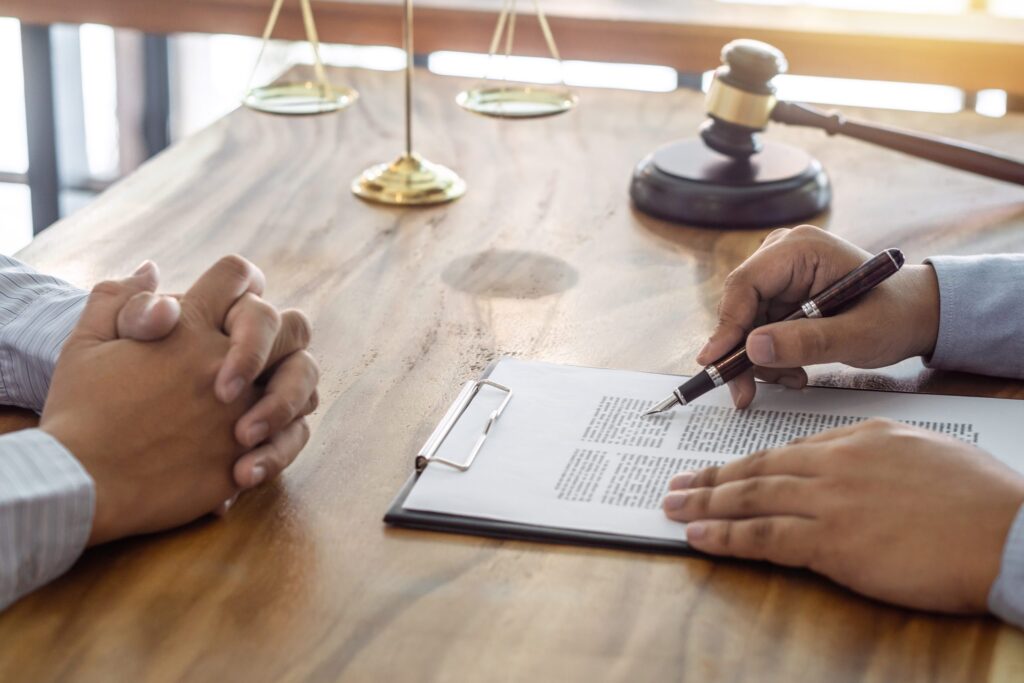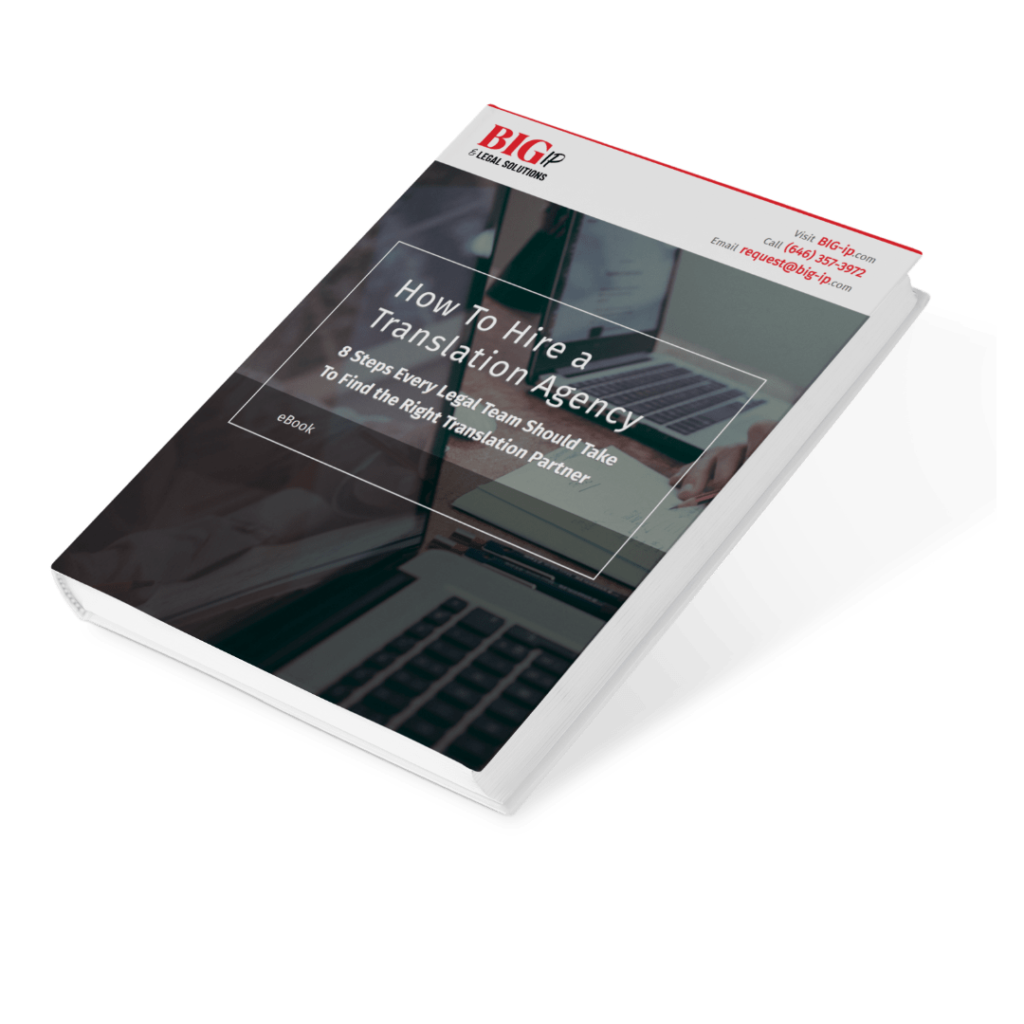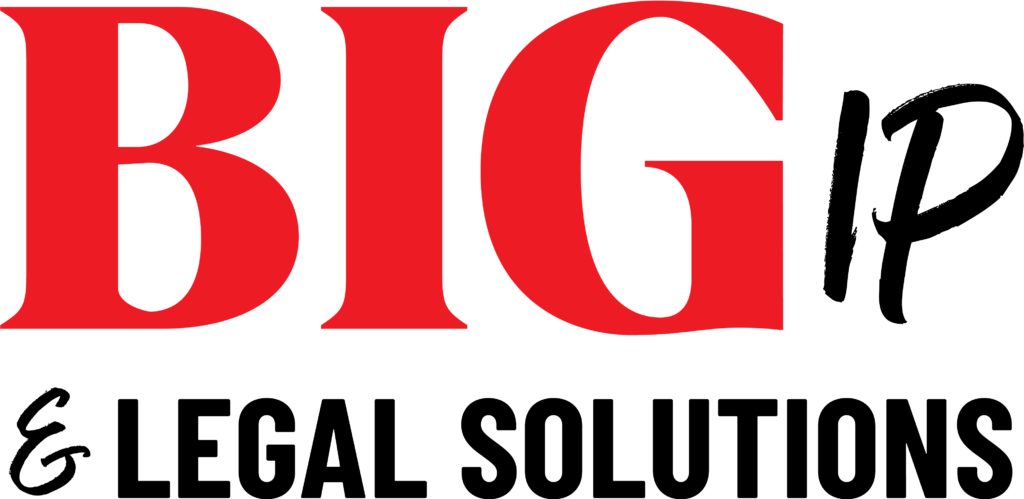
In disputes over patent validity, vast sums can hinge on the precise wording used by translators, as illustrated recently by the ruling in IBSA Pharma v. Teva Pharmaceuticals USA. BIG IP Language Solutions’ Chris McGinnis sets out advice for sidestepping potential pitfalls.
As any patent attorney will testify, drafting patent claims requires in-depth knowledge, not only of the invention, but also the relevant industry and technical field, and the laws, regulations, and treaties that exist nationally and internationally to grant and prosecute patents.
The choice of vocabulary, from broad to specific, and the terminology used is dictated by how an innovation sits within the relevant ‘state-of-the-art’ of its technical field, including the prior art captured by existing patent rights and in the public domain. In complex and competitive industry sectors, where a business’s ability to compete can hinge on often subtle improvements to existing products or technologies, granted patents provide the ‘freedom to operate’ and return on investment needed to shore up research and development (R&D) spend and market share.
However, acquiring patent rights and extending them globally is an expensive endeavor (see box). With costs typically reaching upwards of $50,000 per patent, it is natural for budget-conscious IP professionals and their external advisors to look for cost savings. However, taking shortcuts in patent translations is not to be recommended.
Rights lost in translation
As with legal translations in general, translating a patent is more challenging and specialized than it may first appear to the layperson. Knowledge of the relevant legal terminology in the originating and target jurisdictions is key, but so too is technical and sometimes scientific knowledge (e.g. pharmacology, chemistry, physics, AI…) relating to the innovation that a company is seeking to protect.
Quality is vital because a patent owner’s entire legal case can hinge on translations and, much like shortfalls in patent drafting, translation errors will only emerge when they’re needed most; typically, when a business is seeking to rely on them for enforcement or litigation.
The U.S. Federal Circuit’s July 31, 2020 ruling in IBSA Pharma v. Teva Pharmaceuticals USA provides a salient reminder of the dangers of getting the process wrong. Here, the case – a patent infringement claim over competing drugs – hinged on the interpretation of a single word: the difference in meaning between ‘half-liquid’ (as mistranslated in the U.S. application) and ‘semiliquido’ (in the Italian original) in the description of a thyroid drug formulation.
Swiss-based IBSA had sought to argue that the terms ‘half-liquid’ and ‘semi-liquid’ were synonymous. However, the U.S. Federal Circuit disagreed, finding the chosen English term to be too vague (“indefinite”) for the disputed claims to be valid and enforceable.
A single, mistranslated word had, therefore, opened the door to IBSA’s competitor, and shut down the company’s ability to enforce its patent rights. Yet, the error could so easily have been avoided – if the quality of the translation had been upheld, and the law and patent procedures of the U.S. Patent and Trademark Office (USPTO) had been properly followed. Indeed, the case features a series of noteworthy points:
- Firstly, a certified translation of the Italian application was originally prepared for IBSA in 2019 that correctly utilized ‘semi-liquid.’
Rather than use this certified translation, however, IBSA filed its U.S. application using a different and lesser quality English translation that included the unspecific term ‘half-liquid,’ as well as a series of other changes (made to the ‘field of invention’ and ‘prior art’ descriptions). - As a result of those additional changes, the Federal Circuit ruled that the certified translation was not admissible (“given no weight”).
Finally, had IBSA filed its application to the USPTO in Italian, accompanied by the translation, it could still have relied on the wording in the original (Italian) text in this dispute. - Instead, it filed the poorer quality (‘half-liquid’) translation as the U.S. application, meaning that the original application in Italian was also held to be inadmissible.
In a field where a slight change in meaning could make or break a company’s ability to monopolize its innovation, companies and their law firms need to be sure to have the support of a highly qualified and trustworthy supplier. In other words, a translation agency that provides the same level of skill and knowledge as the patent attorney who drafted the patent application in the first place.
Sidestepping potential pitfalls
From pharmaceuticals to mechanical engineering, patent attorneys are highly specialized in specific disciplines, with technical and academic qualifications (such as PhDs) as well as training in local patent laws and procedures. Becoming a European patent attorney, for example, is notoriously challenging, with pass rates on exams as low as 20%.
In crowded, technical areas, patent claims are particularly difficult to draft, requiring knowledge of the examination process, the relevant prior art, as well as the invention that the patent will protect. For this reason, companies are very specific about which law firms and attorneys they work with, looking for relevant qualifications and experience, and knowledge of their field.
Translating costs
into rewards
By affording their owners the right to block others from making, using, or selling the protected invention for a limited period, patents play a crucial role in monetizing the output from R&D. However, acquiring a patent and extending it globally does not come cheap.
A single national patent can cost up to $12,000, depending on its technical area, once you include fees for prior art searching, prosecution and opposition management, and attorney advice and drafting. Extending that right globally to the markets in which a company sells, manufactures, or transports its products requires further outlay – typically, as much as $50,000-60,000 – whether through the International Patent (PCT) or European patent (EP) systems or the separate acquisition of national rights.
Triggers for translations
Depending on a company’s national base and target markets, the need for translations can arise at three different stages:
- When filing and prosecuting patents in jurisdictions where English is not the official language, for example: China, Japan, Korea, or Russia;
- When translating applications into English for key markets, such as the U.S.; and
- At the time of grant or when validating an EP in certain member states (claim only or full translation may be required, depending on the country).
According to data released by the World Intellectual Property Organization (WIPO), a significant proportion of the costs of validating a granted EP or entering the national phase for international (PCT) applications arise from the need for translations. With the outlay already so high, finding a cost-effective supplier is critical to efficiently managing budgets and quality.
When it comes to the translation, however, it is often left to that law firm to choose or recommend the supplier. This can cause headaches, especially for those firms that do not have a network of global offices or trusted agents in place. Add deadlines and budget pressures to the fire, and it is little wonder that quality control is skipped, leading to rushed or low-quality translations.
Yet, the translator’s skill and knowledge are crucial to success. As the IBSA ruling illustrates, low-quality translations can have potentially catastrophic effects for otherwise valid patent rights.
Indeed, just because a patent is valid in one country does not necessarily mean that it will be recognized as such in another. As a result, patent translators must adhere not only to the high standards of quality, but also apply their legal knowledge to ensure that the vocabulary they use is “definite,” unambiguous, and precise, as laid out by the relevant local legislation and jurisprudence.
For law firms and in-house legal departments to succeed in this environment requires access to a specialist provider with deep technical expertise, not only in patent translation but also in the technical field that the patent is protecting and the legal system in which it is to be protected.
Get advice and insight on how to select the right provider
Download the ebook
ebook








